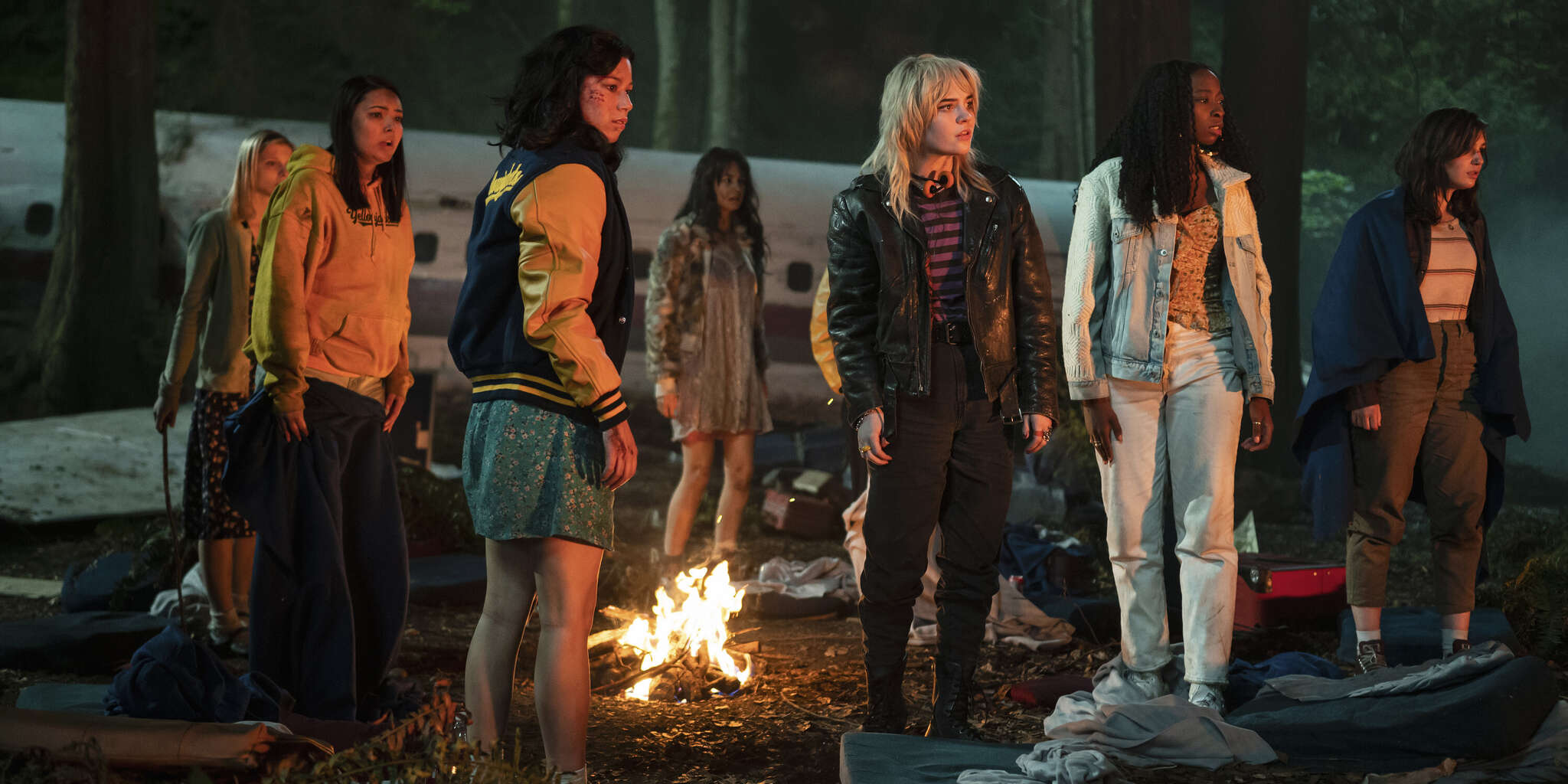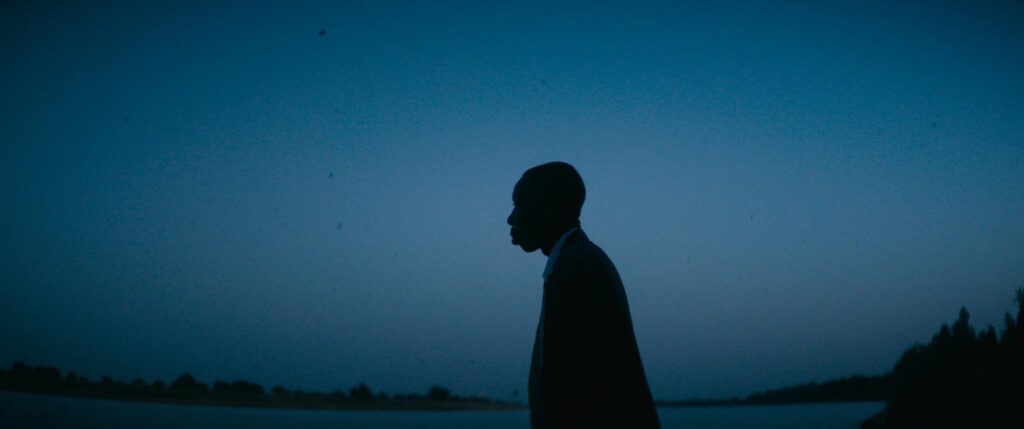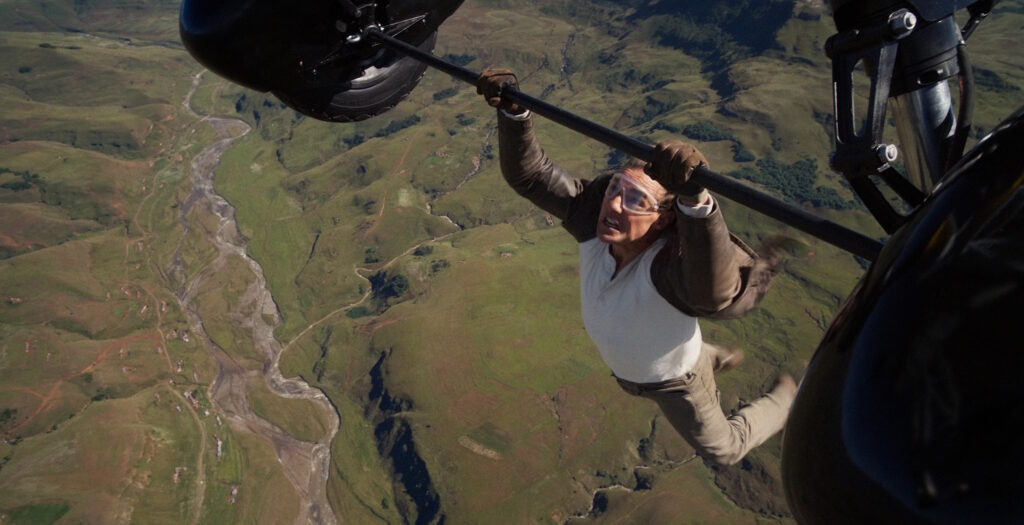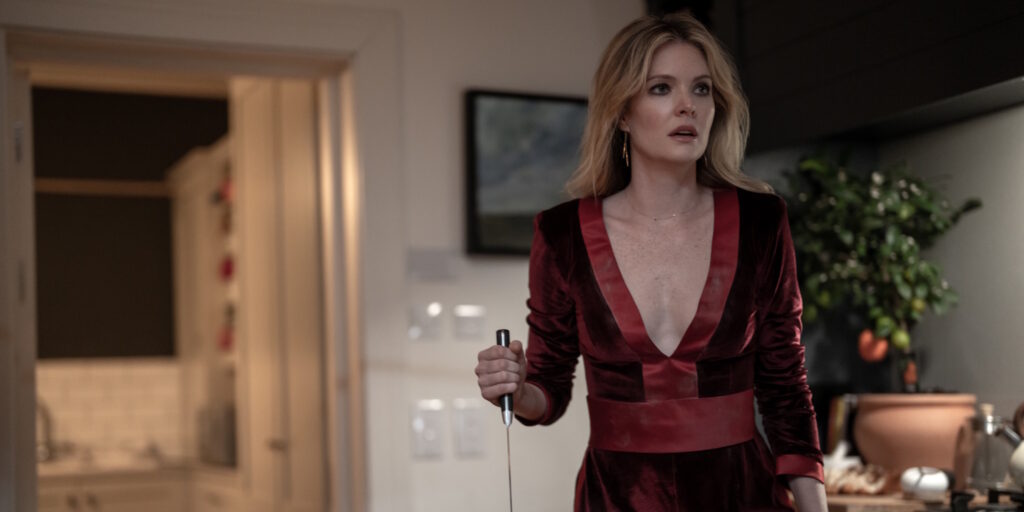[Originally published at Cinema St. Louis’ The Lens.]
Any discussion of Yellowjackets inevitably comes around to Lost. Showtime’s new horror-thriller – which premiered in November and gradually built its audience through word-of-mouth prior to its season finale last week – has enough similarities to ABC’s 2004-10 series that the comparison certainly feels reasonable. Both shows focus on the stranded survivors of a plane crash, both layer their ensemble-based character drama with supernatural weirdness, and both employ time-hopping structural conceits that methodically parcel out the series’ twists.
However, superficial commonalities aside, Yellowjackets’ creators seem to regard Lost less as an example to be emulated than as a cautionary tale to be heeded. Damon Lindelof and Cartlon Cuse’s series was a cultural phenomenon during the W. Bush years, but in hindsight it is also regarded as one of Peak TV’s most notorious “puzzle boxes.” As the seasons wore on, the show went into a narrative tailspin. Mysteries were heedlessly piled on top of mysteries. Even the series’ defenders – this critic included – were eventually obliged to acknowledge that the writers were flailing about without a long-term plan. Yellowjackets co-creator and -showrunner Ashley Lyle doesn’t mention Lost by name when she notes, “I personally get very irritated with shows that drag everything on forever and don’t give you any answers.” However, it’s clear that she’s not just talking about The X-Files.
Yet Lyle and Bart Nickerson – a wife-and-husband duo who have previously written and produced for Netflix’s Narcos – haven’t just fashioned Yellowjackets as some sort of “anti-Lost.” They seem to have carefully studied the do’s and don’ts that have emerged from the past two decades of episodic television, especially from those shows with big genre hooks: Smallville, Battlestar Galactica, Supernatural, Heroes, and many others. (The trajectory of Sons of Anarchy also seems to have been instructive.) Although Yellowjackets is only one season into its purportedly multi-season story, thus far it feels like the creators have a detailed understanding of what makes (and breaks) good serial storytelling in 2022.
Yellowjackets recounts the tale of the titular New Jersey girls’ soccer team, who were on their way to a championship tournament in 1996 when their plane – apparently way off course – crashed deep in the Canadian Rockies. The show jumps back and forth between the immediate plight of the crash victims and the present-day circumstances of the surviving team members, now fortysomething women who are dealing with their shared traumatic past in different but equally deficient ways. Shauna (Sophie Nélisse as a teen, Melanie Lynskey as an adult) is presently a despondent stay-at-home mother; Taissa (Jasmin Savoy Brown and Tawny Cypress) is a wealthy attorney running for state senate; and Natalie (Sophie Thatcher and Juliette Lewis) has spent 25 years slouching in and out of rehab. And then there’s Misty (Sammi Hanratty and Christina Ricci), a long-term-care nurse whose relentlessly chipper demeanor is doing a flimsy job of concealing that she is probably a sociopath.
At first glance, Yellowjackets resembles a typically polished contemporary TV drama, one held aloft by a great cast: Lynskey, as usual, is stellar as the de facto center of an ensemble brimming with young and veteran talent. Ricci is another highlight, in a role that gives her license to go delightfully deranged in a way that she hasn’t in years. However, Lyle and Nickerson are juggling an assortment of genres and tones right out of the gate, and it certainly helps that SLIFF alum Karyn Kusama (Jennifer’s Body, The Invitation) is in the director’s chair for the pilot. Thematically, Yellowjackets positions itself as a character drama about both adolescent girlhood and middle-age womanhood, but the show is thickly layered with absurd black comedy, mystery-thriller swerves, and freaky folk- and survival-horror elements.
What most conspicuously sets Yellowjackets apart from other twisty, time-hopping series are the lucidity and purposefulness of its mysteries. Before the show’s first episode has concluded, the viewer already knows – in a general sense – what happened during the 19 months that the girls were lost in the Canadian wilderness. Along with the straightforward past-and-present bifurcation, that sharply defined span of time is crucial to the show’s smart design. It bounds the shadowy history of the plane crash’s aftermath, giving the viewer a contextual handhold as things get increasingly weird (in both 1996 and 2021).
What happened during those months in the forest, it turns out, was the apparent creation of a cannibalistic pagan death cult. The viewer is given tantalizing glimpses of the carnage to come, wherein a cabal of masked and costumed revelers ritually hunts at least one unfortunate girl and serve up her remains at a fireside feast. It makes Lord of Flies look like Cub Scout camp, which is sort of the point: Lyle was reportedly amused by the suggestion that an all-female Flies remake would never work because teenage girls would never revert to primeval savagery in such a scenario. (Cue the incredulous guffaw from every woman who lived through high school.)
By revealing the horrifying endpoint of the 1996 timeline at the beginning of their series, the showrunners signal that they are not interested in endlessly teasing the viewer with what happened, but in investing them in the how and the why. What forces compelled the Yellowjackets to go from typical 1990s jock-girls to bloodthirsty Wicker Man zealots in less than two years? True to their word, by the end of the season, Lyle and Nickerson answer many of the crucial questions that are raised in their series’ pilot, such as what exactly happened to Shauna’s best friend and team captain Jackie (Ella Purnell), who is pointedly not present in the 2021 timeline. The writers also leave plenty of meat on the bone for subsequent seasons, both in terms of unresolved mysteries and the overall backstory. (The first season only chronicles the first five months of the Yellowjackets’ 1996 ordeal, so the worst is very much yet to come.)
Yellowjackets is exactly the kind of buzzy, twisty show that inevitably inspires a devoted fandom intent on deciphering every stray on-screen clue for meaning. (Did we learn nothing from Twin Peaks, folks?) To an extent, Lyle and Nickerson are encouraging such feverish exegesis, especially once it becomes clear that something supernatural went down in the Canadian wilds, and all manner of weirdness is suddenly on the table. For what it’s worth, this writer believes that the creators have been reading a lot of Greek mythology and religious history. Viewers interested in previewing where the second season is perhaps headed might want to read up on the maenads, the Lemnian women, and the cults of Dionysus and Cybele.
Yet what ultimately makes the series intriguing has little to do with the provocative mysteries of seances, possession, and shamanistic blood cults. Like many contemporary genre shows, Yellowjackets is interested in trauma, but it’s specifically focused on shared trauma and how it can be at once galvanizing and alienating. At one point, when adult Shauna insists to her adolescent daughter that she’s “fine,” the girl observes, “Mom, you guys are so obviously not ‘fine.’” No one can truly understand what a Yellowjacket endured except another Yellowjacket, but, perversely, what happened in the forest has driven them apart and scattered them – and, in some cases, devoured them many years after the fact. This is the key reason why the show’s abundant mid-’90s needle drops feel fitting rather than pandering: The past isn’t even past for the survivors, who in some ways are still wandering around in those deep, dark woods, nervously humming the grunge and R&B singles of 1996 as if they were protective incantations.
Complicating the show’s spiderweb of incompletely healed scars are its other key themes: unrequited and unequal love. Seemingly every character is enamored with another character, often someone who is uninterested, unavailable, or downright oblivious. The story would almost feel like a Shakespearean farce – A Midsummer’s Night Dream is a touchstone in more ways than one – if such feelings weren’t a sadly typical dimension of both high-school angst and middle-age discontent. And, of course, it doesn’t help that these emotions are tangled up with a history of ritual murder and cannibalism that the present-day survivors would prefer to keep deeply buried. Crucially, Yellowjackets regards “love” in the broadest possible sense: romantic and erotic love, of course (of both the straight and queer persuasions), but also familial bonds, team loyalty, and especially the intense, complicated platonic love that teen girls often share. The show’s pitch-black subtext is that while a 17-year-old would gladly help her best friend commit murder, there are always those times when she would also like nothing more than to murder that same best friend.
Further Viewing: Lord of the Flies (1963), Picnic at Hanging Rock (1975), Alive (1993), Heavenly Creatures (1994), The Craft (1996), Ravenous (1999), Battle Royale (2000), The Descent (2005), The Mist (2007), Kill List (2011), Raw (2016).
The first season of Yellowjackets is now available to stream from Showtime.




